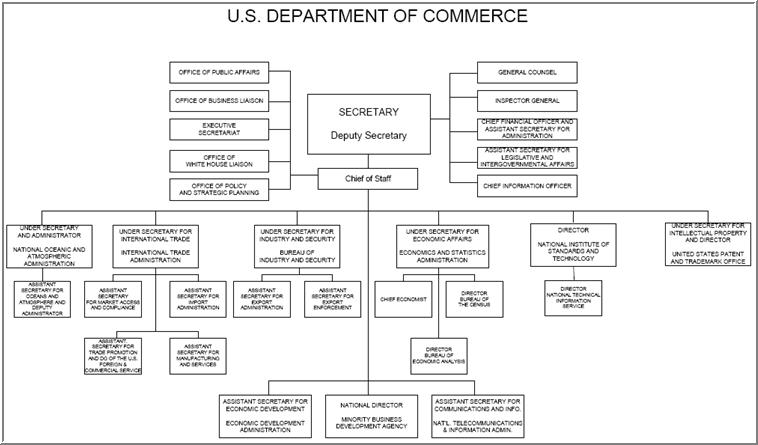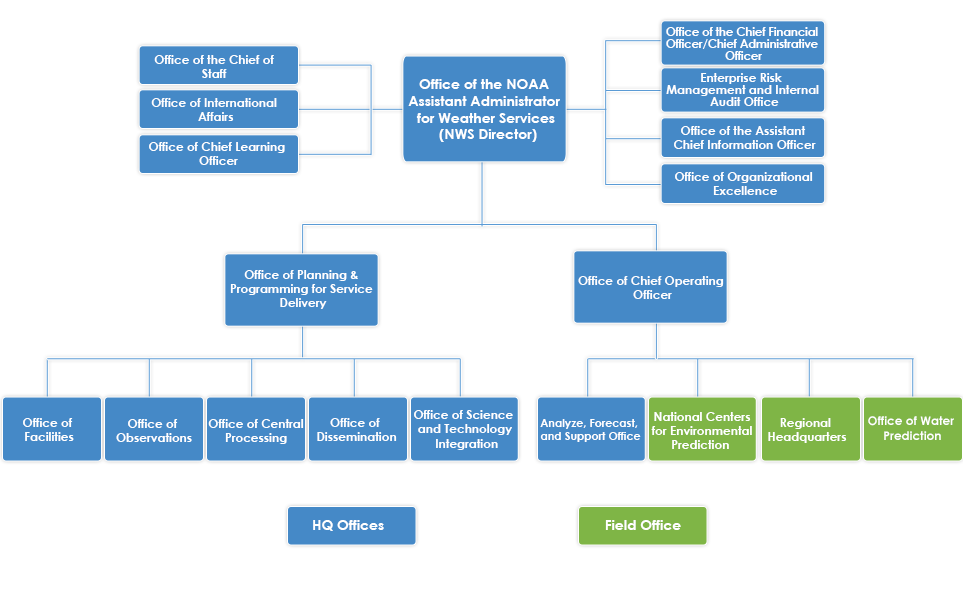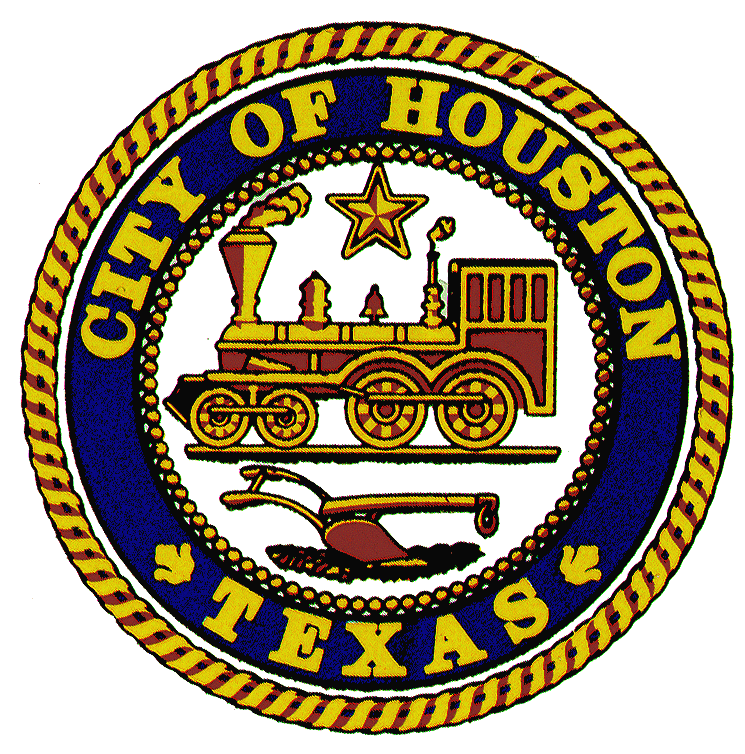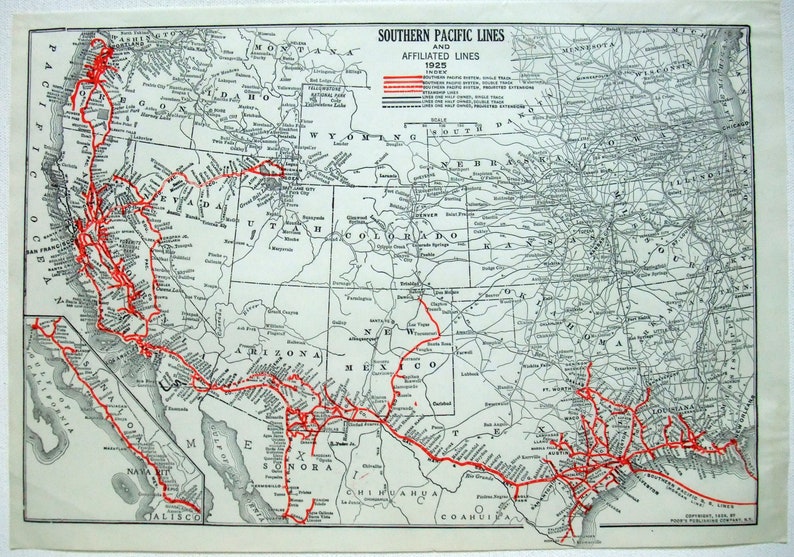This will be the subject of the second written assignment.
We will begin discussing federalism soon, and the different responsibilities of the state and national governments. Often these overlap, this story in an example. Explain what is happening here, and highlight the separate roles of the state of Texas and the national government.
- Click here for the article.
A persistent Texas voter, twice thwarted when he tried registering to vote while renewing his driver's license online, has for the second time convinced a federal judge that the state is violating federal law.
Garcia found that DPS is “legally obligated” to allow voters to simultaneously register to vote with every license renewal or change-of-address application, and ordered the state to set up a “fully operable” online system by Sept. 23. The Texas attorney general’s office did not immediately respond to a request for comment, but the state is likely to appeal the ruling.
It's the second time Garcia has sided with the voter, former English professor Jarrod Stringer. Garcia's first ruling was overturned on appeal on a technicality.






